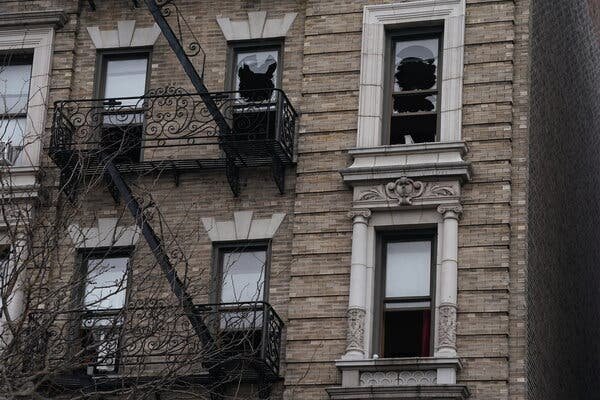Discover the top 10 most luxurious hotels in the world. From stunning locations to impeccable service, these hotels offer the ultimate in luxury for discerning travelers.
The recent tragic incident involving the murder of UnitedHealthcare chief executive Brian Thompson in Manhattan has brought to light the use of a rare variety of gun known as a ghost gun. The suspect, Luigi Mangione, was found in possession of a 3-D printed pistol and suppressor, both of which were created using a 3-D printer, a device that constructs physical objects from digital models.
Ghost guns are unregistered firearms that are typically assembled from kits purchased online. These guns can be put together in a short amount of time and are often untraceable by authorities. While thousands of ghost guns are seized by law enforcement in the U.S. each year, it is uncommon to find one that has been 3-D printed and used in a crime.
According to Tom Chittum, a former official with the U.S. Bureau of Alcohol, Tobacco, Firearms & Explosives, the use of a 3-D printed gun in a high-profile crime like the New York assassination is rare. A 3-D printer can be used to create the frame of a gun, which is the only part regulated by federal law, and then the firearm can be assembled using commercially available components such as the slide, barrel, and trigger mechanism.
In the case of Mr. Mangione, his pistol had a plastic handle, a metal slide, and a threaded metal barrel. The use of 3-D printed guns in crimes is a concerning trend that law enforcement agencies are closely monitoring to prevent further incidents of gun violence.
The development and use of 3-D printed guns pose a unique challenge for law enforcement due to their unregulated nature and ease of production. These guns can be created using readily available materials and technology, making them accessible to individuals who may not be able to obtain a firearm through legal means.
In response to the growing threat posed by 3-D printed guns, law enforcement agencies are working to enhance their capabilities to detect and prevent the use of these weapons in criminal activities. This includes investing in advanced technologies and training programs to identify and track the production and distribution of 3-D printed firearms.
Additionally, lawmakers are considering new regulations and restrictions on the sale and possession of 3-D printers and related materials to prevent their misuse in the creation of illegal firearms. Public awareness campaigns are also being conducted to educate the public about the dangers of 3-D printed guns and the potential consequences of using them in criminal acts.
The case of the 3-D printed ghost gun used in the New York assassination serves as a stark reminder of the evolving nature of gun violence and the need for proactive measures to address this growing threat. By working together with law enforcement, government agencies, and the public, we can combat the proliferation of 3-D printed firearms and ensure the safety and security of our communities.
Source: The NY Times









